12 Dog Emergencies Every Owner Should Be Prepared For
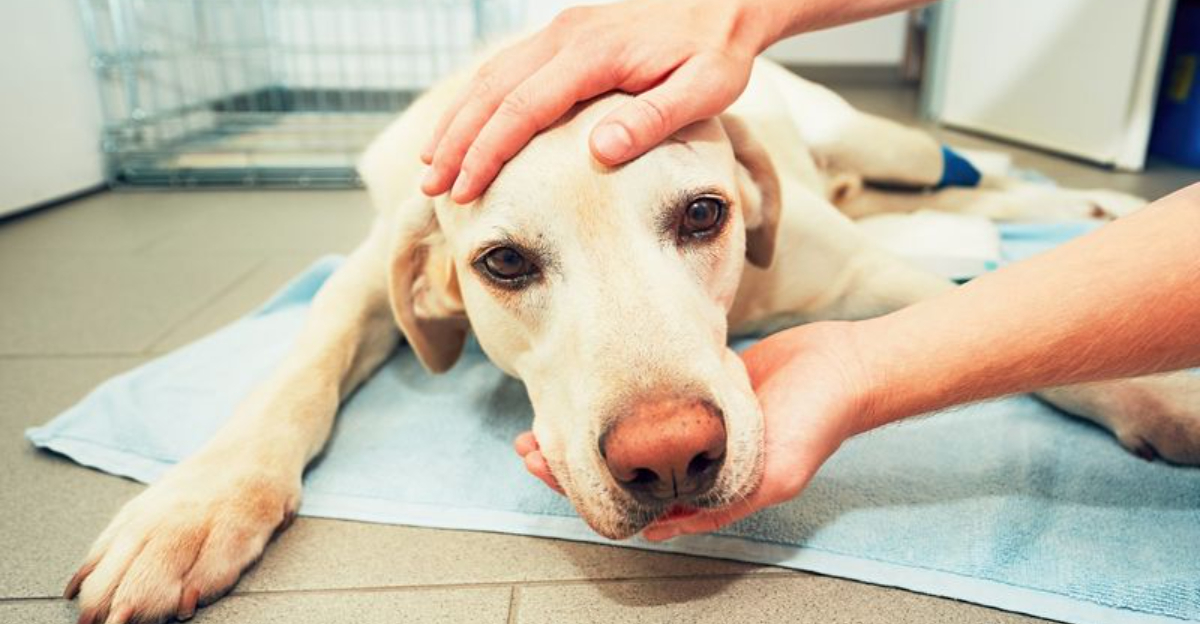
Our furry companions bring endless joy to our lives, but they can also face unexpected health crises that demand quick action.
Knowing how to respond in those heart-stopping moments could make the difference between life and death for your beloved pet.
Every dog owner should familiarize themselves with these critical emergency situations and the proper steps to take when seconds count.
1. Choking Or Difficulty Breathing
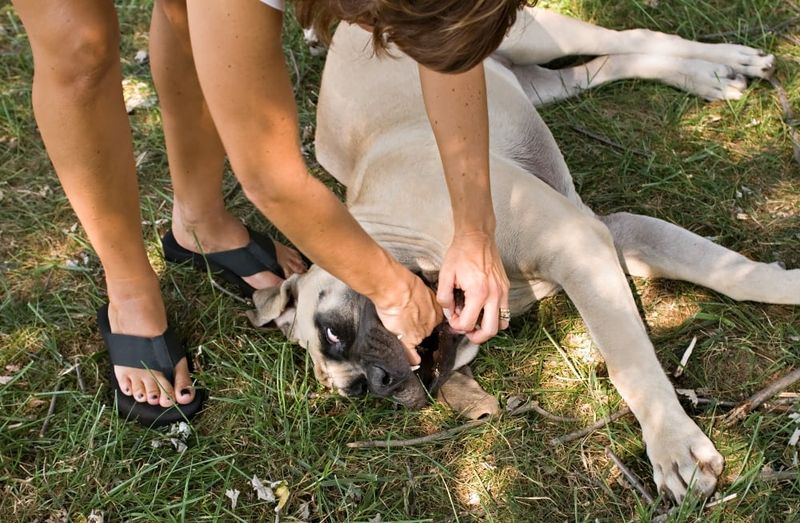
When your pup suddenly can’t catch their breath, panic sets in fast. Look for excessive panting, blue-tinged gums, or pawing at the mouth.
If something’s stuck, try the doggy Heimlich maneuver – support their back against your chest and apply quick pressure just behind the ribcage. For breathing difficulties without an obstruction, get to a vet immediately.
2. Poisoning Or Toxic Ingestion

Your kitchen counter holds countless dangers – chocolate, xylitol, grapes, and medications can spell disaster for curious canines. Signs include excessive drooling, vomiting, seizures, or unusual lethargy.
Never induce vomiting without veterinary guidance. Instead, collect any packaging from the suspected toxin and contact pet poison control immediately while heading to the emergency vet.
3. Heatstroke
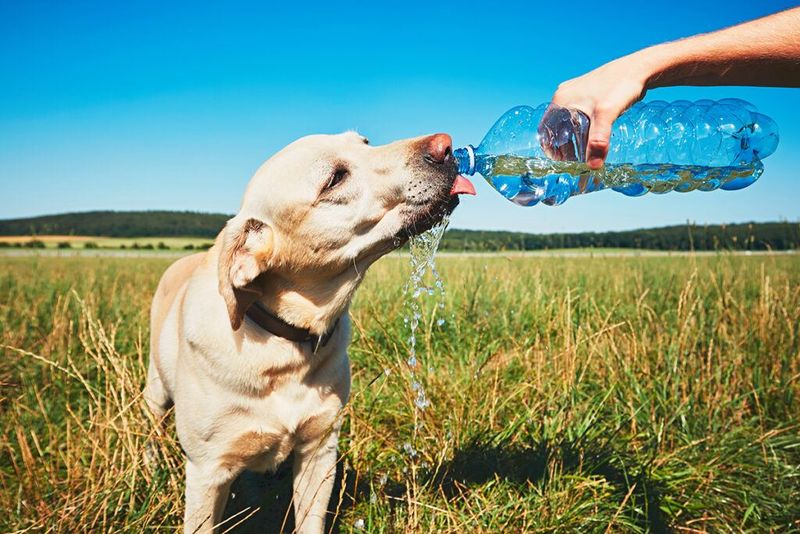
Summer’s scorching embrace can turn deadly for dogs faster than many realize. Heavy panting, bright red gums, drooling, weakness, or collapse signal a potentially fatal emergency.
Move your pup to shade immediately and apply cool (not cold) water to their body, especially the neck and groin areas. Offer small amounts of water and rush to the vet – even if they seem to recover.
4. Traumatic Injuries
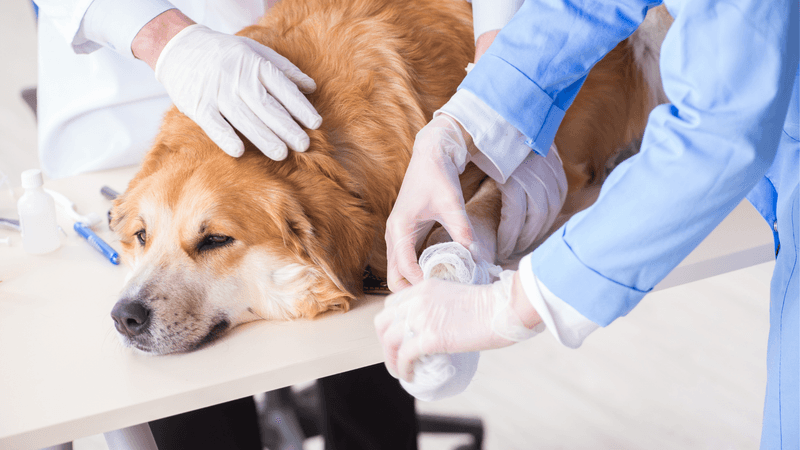
Bones snap. Skin tears. Blood flows. After car accidents, falls, or fights, your dog might need life-saving care within minutes.
Apply gentle pressure to bleeding wounds with clean cloths. For suspected broken bones, minimize movement by carefully placing your pet on a flat surface for transport. Cover exposed fractures without pushing bones back in, and seek immediate veterinary care.
5. Seizures

Witnessing your dog’s first seizure feels like the world is ending. Their body stiffens, limbs paddle frantically, and they may lose control of bodily functions.
Stay calm and clear the area of hazards. Never put your hands near their mouth. Time the episode – anything over 3 minutes or multiple seizures requires immediate emergency care. Meanwhile, speak softly and keep the room dim until it passes.
6. Bloat (Gastric Dilatation-Volvulus)

Minutes matter with bloat. This rapidly developing condition strikes when a dog’s stomach fills with gas and twists, cutting off blood flow.
Watch for a swollen, hard belly, unsuccessful attempts to vomit, restlessness, and pain. Large, deep-chested breeds face higher risks. There’s no home remedy – immediate surgery is the only option, making this truly a race against time.
7. Allergic Reactions

Just like humans, dogs can develop frightening allergic responses to insect stings, medications, or certain foods. Facial swelling, hives, itching, or sudden difficulty breathing demands quick action.
Severe reactions can progress to anaphylaxis within minutes. If your dog has known allergies, keep vet-prescribed antihistamines on hand, but never substitute them for emergency care when symptoms are severe.
8. Urinary Blockage

Repeated squatting with little output, crying while urinating, or a completely empty bladder despite straining signals a potential blockage – especially common in male cats but occurs in dogs too.
This painful condition quickly becomes life-threatening as toxins build up. Look for abdominal pain, lethargy, and vomiting as additional warning signs. Complete blockages can lead to bladder rupture or kidney failure within hours.
9. Severe Vomiting Or Diarrhea
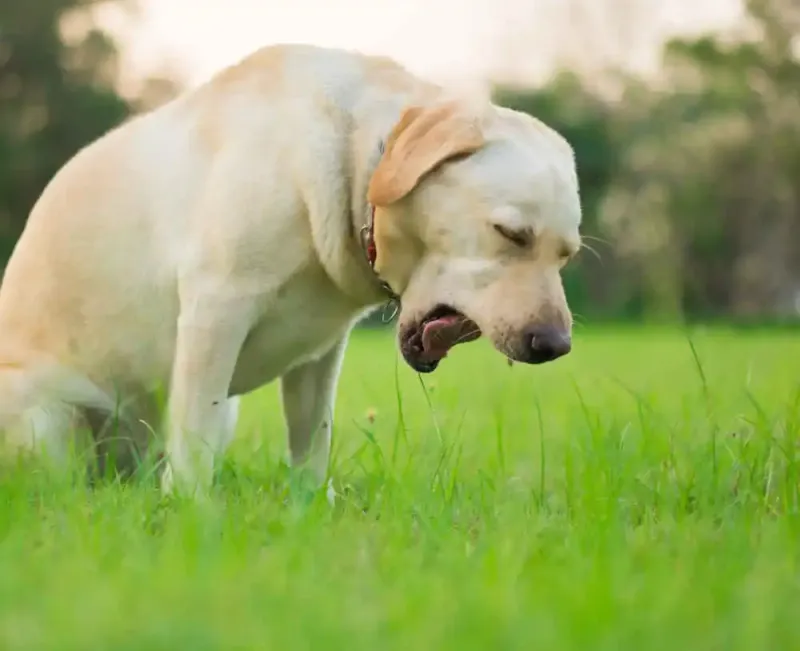
Occasional upset tummies happen, but when vomiting or diarrhea becomes severe or contains blood, dehydration becomes the enemy. Multiple episodes within hours warrant concern.
Check for dry gums, lethargy, or skin that stays “tented” when pinched. Puppies and senior dogs dehydrate especially quickly. Withhold food briefly, but never restrict water unless directed by a vet. Bloody stool always requires immediate attention.
10. Eye Injuries
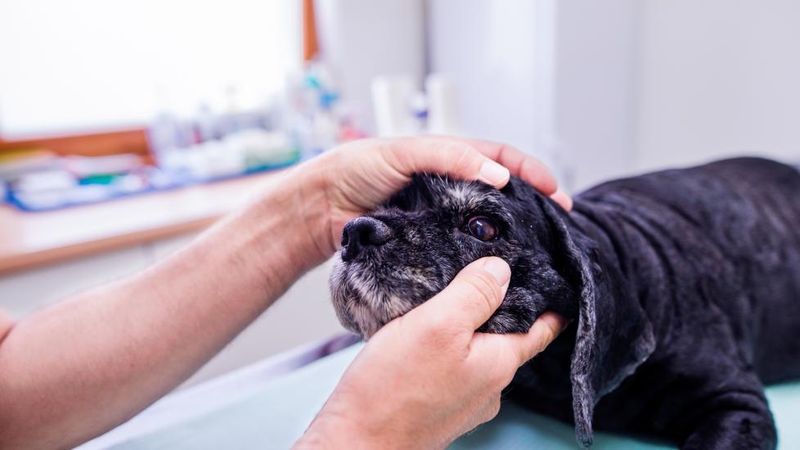
Squinting, excessive tearing, cloudy appearance, or visible damage to your dog’s eye demands immediate attention. Even small injuries can lead to permanent vision loss if untreated.
Resist the urge to remove foreign objects yourself or apply human eye medications. Instead, prevent pawing by using an e-collar if available. Cover the eye with a moist cloth for transport, keeping pressure minimal.
11. Respiratory Distress
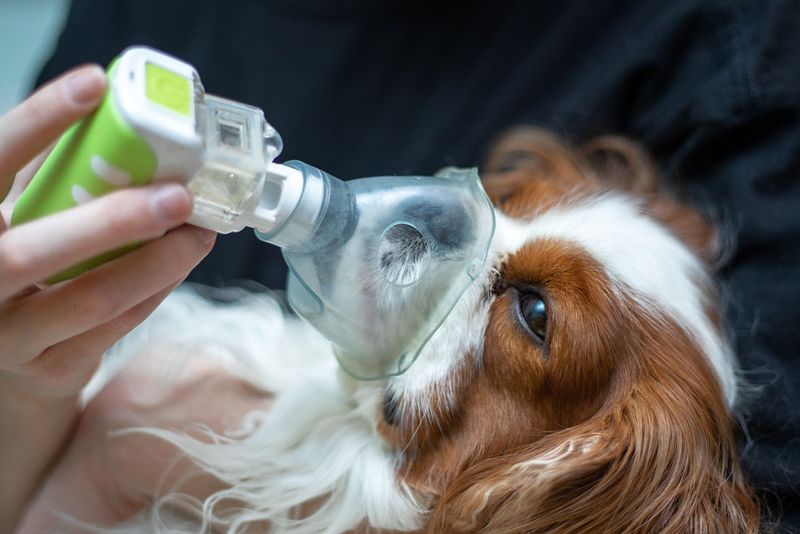
Labored breathing that isn’t caused by choking or heatstroke might indicate pneumonia, heart failure, or other serious conditions. Blue-tinged gums, extended neck posture, and reluctance to lie down are warning signs.
Keep your dog calm and minimize stress during transport. Avoid tight collars and opt for a harness instead. Position them upright rather than flat to ease breathing efforts on the way to emergency care.
12. Collapse Or Sudden Weakness

When your normally energetic pup suddenly can’t stand or collapses, heart issues, internal bleeding, or neurological problems could be culprits. This is never normal, regardless of age.
Keep them quiet and warm during transport. If unconscious, ensure the airway remains clear by gently extending the neck. Check for breathing and a heartbeat, being prepared to perform CPR if necessary while someone else drives to the emergency clinic.






